It still surprises me that roughly 50,000 people per month are searching online about the calendar method; what this method is, the effectiveness rates, advantages and disadvantages and examples of how to use it. In this article, I’ll be covering all of these aspects so that you can make an informed choice if the calendar method is the right fit for you.
–
What Is The Calendar Method?
The Calendar method is an unreliable form of birth control that uses a mathematical formula from past cycle lengths to predict future fertile windows. A woman would calculate a set number of days before and after ovulation to predict ‘safe days’ without observing her fertility signs.
The calendar method of family planning was developed in the 1930’s and was popular until the late 90’s. It uses past cycle lengths to predict the day of ovulation — assuming it will be at the same time each and every month — which is a myth.
It can often incorrectly be associated with fertility awareness methods, but it is far from it, as this method does NOT involve observing one’s fertility signals.
–
Calendar Method Effectiveness
The calendar method is not a recommended form of birth control because it does not have an effectiveness rate or a pearl index.
Essentially this ‘method’ is a guessing game. Science has disputed the effectiveness of a math equation when a woman’s fertile window can be detected with a high degree of accuracy from basal body temperature measurements and cervical fluid.
This is because a certain set amount of ‘safe days’ doesn’t allow for the potential variation in the day of ovulation, which is very common. It also doesn’t allow for the potential of external circumstances affecting one’s cycle; such as catching a cold, or having a stressful month.
Practicing the calendar method is not an effective contraception and will likely lead to pregnancy at some point.
–
Calendar Method Myth
The calendar method can often incorrectly be mixed up with the practice and term ‘fertility awareness’. The calendar method is a math formula and does not take into consideration fertility signals at all, which is the whole reason it’s ineffective.
This is such a shame, because it means fertility awareness has a stigma (being mixed up with the ineffective calendar or rhythm method) In doing so, it actually disempowers women’s education about their bodies and their cycle.
–
Calendar Method Advantages and Disadvantages
Advantages
- Natural
- No synthetic hormones
Disadvantages
- Unreliable
- A mathematical formula
- Disregards one’s own fertility signs
- Likely less effective for women with irregular cycles
- High risk of pregnancy (if the goal is to prevent pregnancy)
- Not accurate at pin-pointing ovulation (if the goal is pregnancy)
- A missed opportunity to learn about one’s cycle
- Not a form of fertility awareness
- Lack of certainty
–
Calendar Method Example
In planned parenthood it quotes “If your cycles are shorter than 27 days, the calendar method won’t be accurate for you”
… so what they’re implying is that a cycle longer than 28 days will be accurate with the calendar method!?
🤦♀️ What a way of spreading misinformation! Please know before reading the example that this is wildly inaccurate.
The example they have given is a very confusing math equation. I couldn’t wrap my brain around it (but I’ve never been great at math)
Here’s their example:
“If your shortest cycle is 26 days long, subtract 18 from 26 — you get 8. Then, count 8 days starting from day 1 (the first day of your period). If day 1 was on the 4th of the month, you’ll mark X on the 11th. So the 11th is your first fertile day of this cycle — you should stop having vaginal sex on this day or start using another method of birth control.
To predict the last fertile day in your current cycle: Find the longest cycle in your record. Subtract 11 from the total number of days in that cycle. Count that number from day 1 (the first day of your period) of your current cycle, and mark that day with an X. (Include day 1 when you count.) The day marked X is your last fertile day. If your longest cycle is 30 days long, subtract 11 from 30 — you get 19. Then, count 19 days starting from day 1. If day 1 was on the 4th of the month, you’ll mark X on the 22nd. So the 22nd is your last fertile day of this cycle — you can start having unprotected sex the next day.”
–
The calendar method is dangerously inaccurate and is not reliable at preventing pregnancy.
This diagram contradicts all the FAM rules inclduing the most important principle: presume you are fertile until you can prove otherwise!
–
At least they do quote ”It can only predict what are most likely to be safe and unsafe days – it can’t tell you for sure exactly when you’re fertile.” 🤷♀️
–
One of my menstrual cycle charts using the sympto-thermal method which is based on tracking 2 fertility signals (not a math prediction)
–
A ‘prediction’ is not good enough when it comes to something as life changing as having a child. Period. Yes pun intended!
–
Alternatives To The Calendar Method
“Charting your signals—and knowing how to interpret your charts—is what makes Fertility Awareness effective” – Kate Singer, the garden of fertility
Since the 2000’s, multiple scientific studies have indicated the existence of a fertile window and that it can be observed relatively easily once learned and by recording one’s own fertility signals.
There is a method of fertility awareness called the sympto thermal method which I practice and share. It’s based on observing and recording your fertility signals daily in a charting app; understanding when your own fertile window has opened and which days will lead to pregnancy and which will not. It’s an ideal alternative to the calendar method because it’s natural, non-hormonal, non-intrusive and has been shown to be 99.4% effective.
Because of this, it provides women with a high degree of certainty for each individual cycle; to pin-point ovulation and understand when is a great time to try and conceive. As well when one’s ferile window has closed and when it’s safe to have unrotected sex without it leading to pregancy.
So why is this outdated family planning calendar method (developed almost 100 years ago) still search so much? I can only think it’s because of misinformation. And — understandably — women are seeking alternatives to hormonal birth control and are actively educating themselves and looking to improve their lives.
If you have been using the calendar method, or you’ve been thinking about trying it, you may like to learn al alternate effective method instead.
I hope this post was educational in sharing that the calendar method is an outdated and inaccurate form of contraception. There really are more effective natural birth control options (such as the sympto thermal method!)
If you’re not in a position to handle an unintended pregnancy, the calendar method is not recommended. Be safe and do your research on effective contraceptive or fertility awareness that is the right fit for you.
–
References
What’s the calendar method of FAMs? plannedparenthood.org
Calendar-based contraceptive methods. wikipedia.org
–
Jess is a designer, writer and womens wellness advocate. She believes that each of us have our own unique experiences and stories to share to educate and uplift one another.

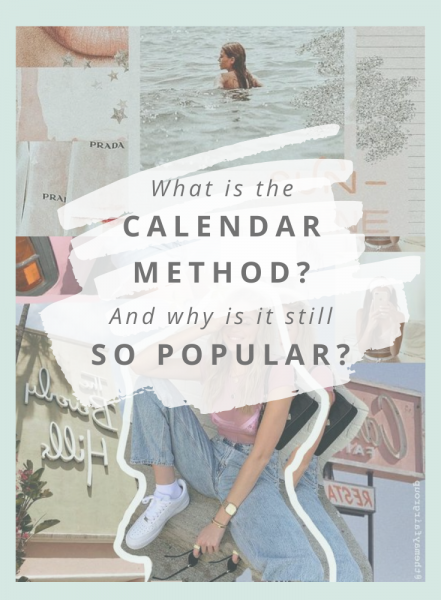
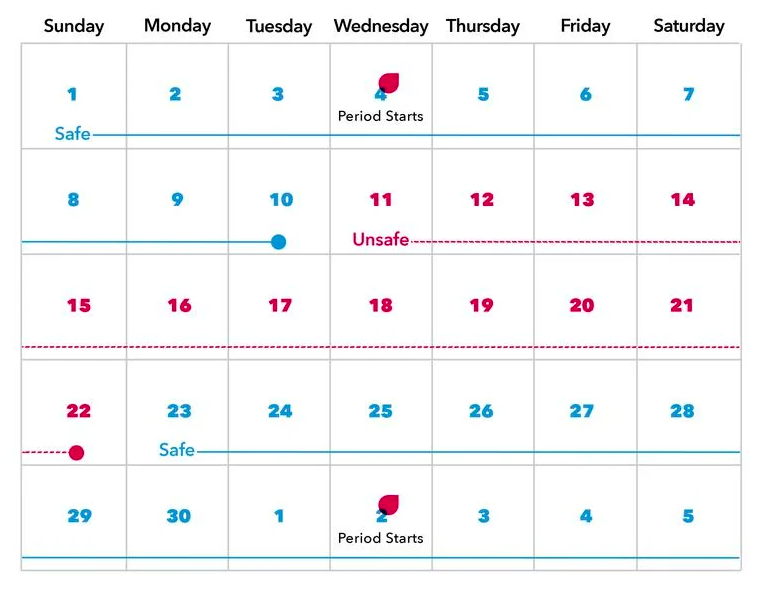
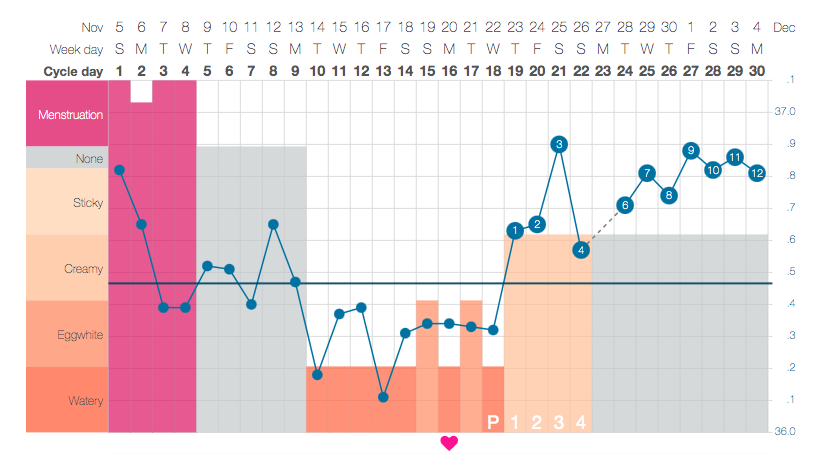


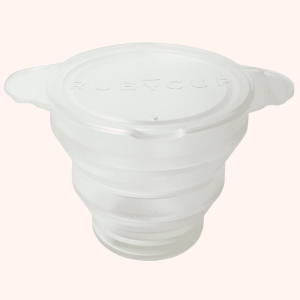
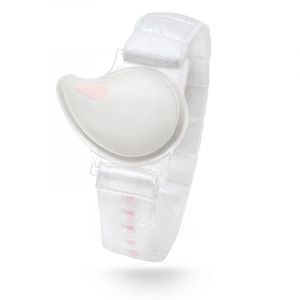
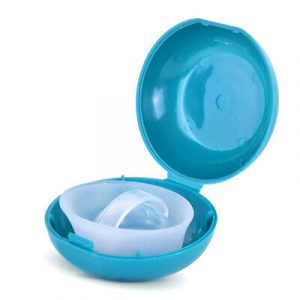




0 Comments